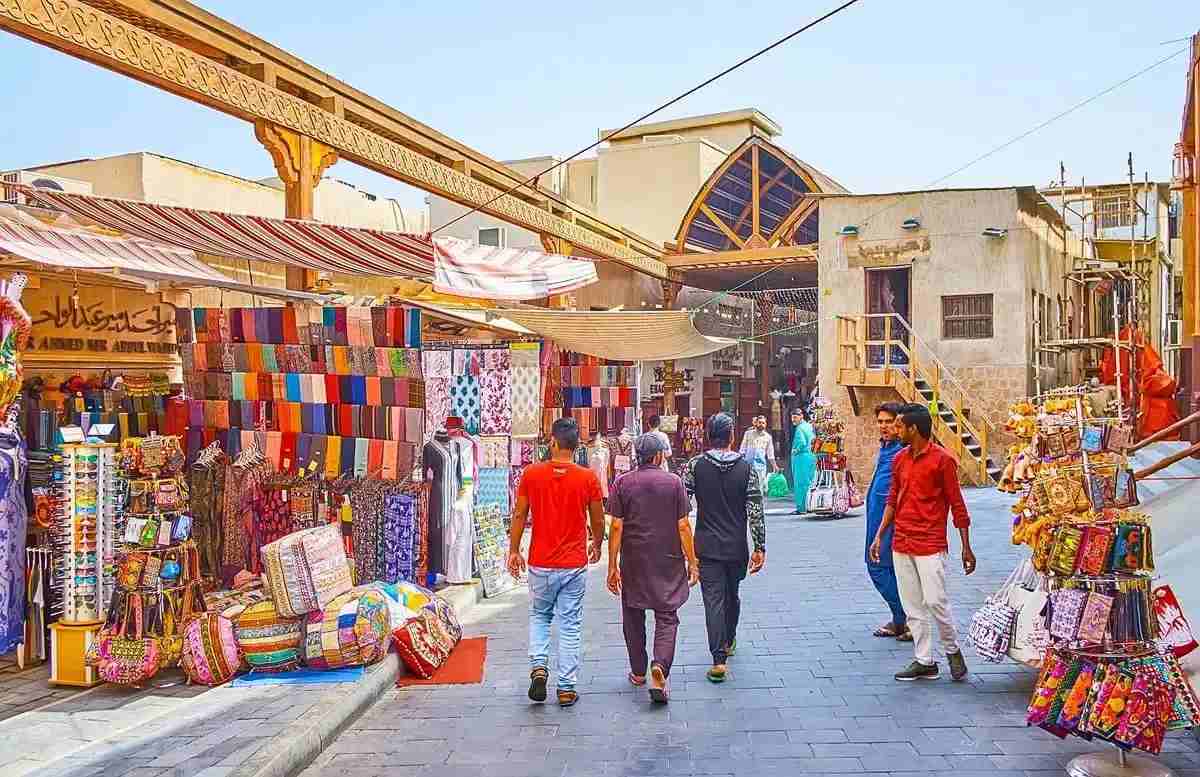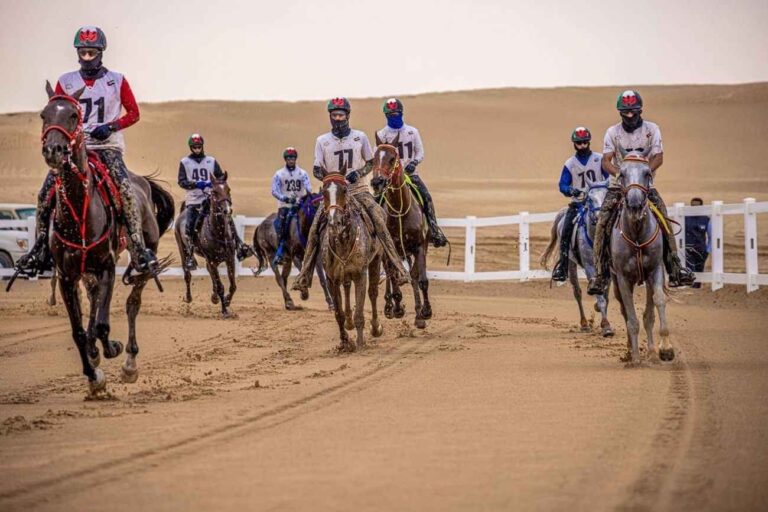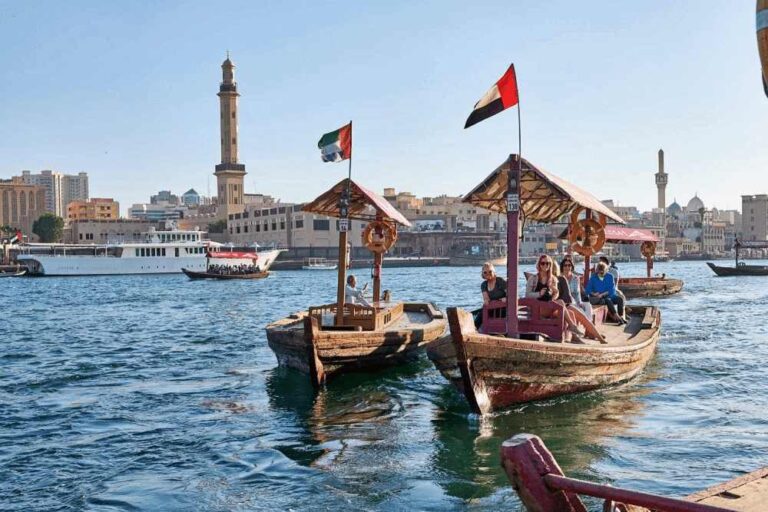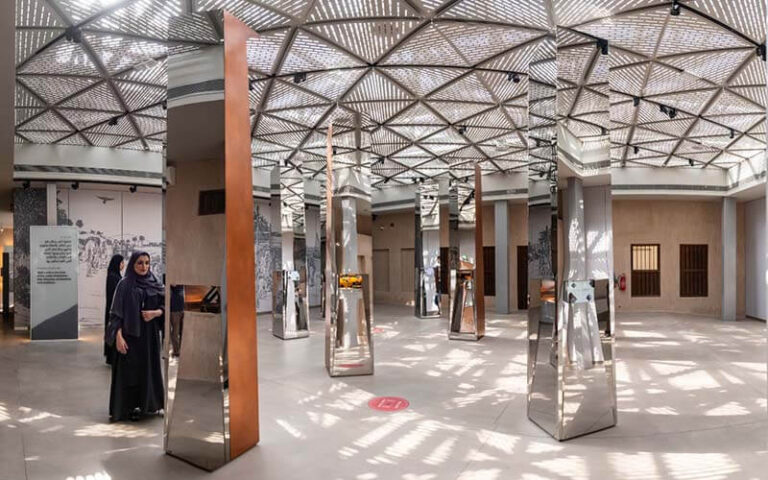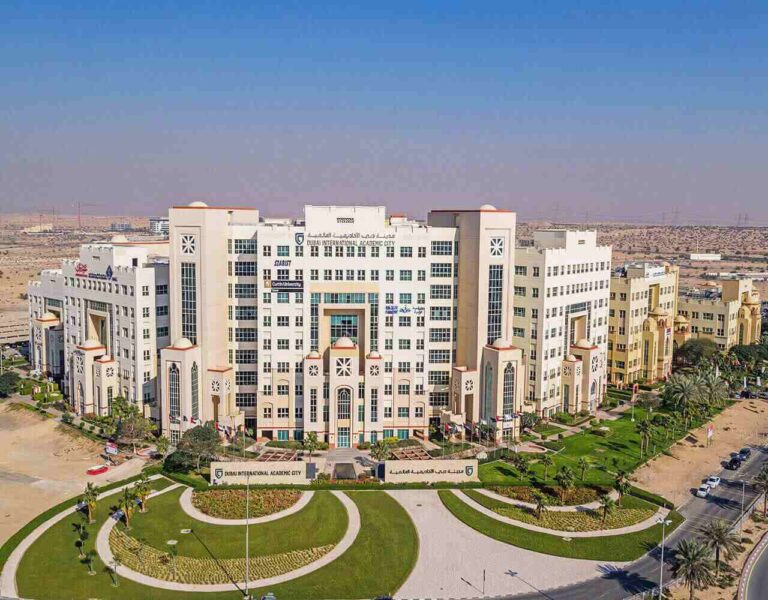Al Fahidi, Dubai: A Living Museum of Emirati Heritage
In a city celebrated for futuristic skylines and record-breaking attractions, there’s a corner of Dubai where time stands still: Al Fahidi Historical Neighbourhood. Long before the glitter of the Burj Khalifa or the luxury of Palm Jumeirah, Dubai’s roots were laid in this humble quarter along the banks of Dubai Creek. For anyone seeking the soul of the city—its traditions, architecture, and pre-oil boom culture—Al Fahidi offers an immersive step back into the 19th century.
A Tapestry of Time: History of Al Fahidi (Formerly Al Bastakiya)
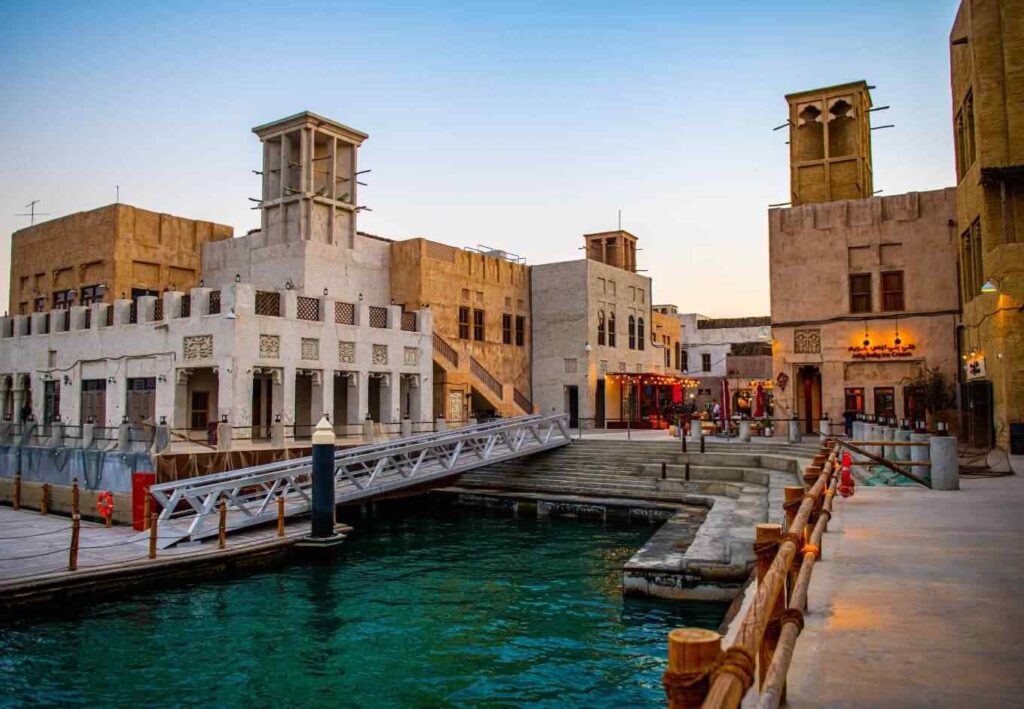
Al Fahidi’s origins date back to the 1890s, when wealthy Persian merchants from Bastak, southern Iran, settled here—drawn by Dubai’s tax-free trade policies and coastal location. The area was originally called Al Bastakiya, named in homage to their hometown. The district’s architectural language reflected both practicality and elegance, with over 60 wind-tower houses separated by labyrinthine alleys designed for shade and breeze.
The 1980s saw part of Al Bastakiya demolished to make way for urban development. Yet, thanks to the efforts of British architect Rayner Otter and the timely intervention of Prince Charles during a 1989 visit, the remaining quarter was saved. By 2005, Dubai Municipality launched a full restoration initiative, and the district was renamed Al Fahidi Historical Neighbourhood.
What Makes Al Fahidi Unique?
Al Fahidi isn’t just a collection of old buildings—it’s an architectural diary of Dubai’s pre-modern era. Houses here are built from traditional materials like coral stone, palm wood, teak, gypsum, and sandalwood. Their defining feature? The wind towers (barajeel), early forms of air conditioning that capture and funnel cooler air into the home—an innovation suited perfectly to the harsh desert climate.
Walking through Al Fahidi is like leafing through the pages of history: courtyards echo with the sounds of traditional instruments, Arabic coffee is brewed over open flames, and calligraphy artists showcase their skills in shaded galleries. It’s no surprise that cultural festivals like Sikka Art & Design Festival and Heritage Week find a perfect home here.
Key Attractions and Cultural Experiences
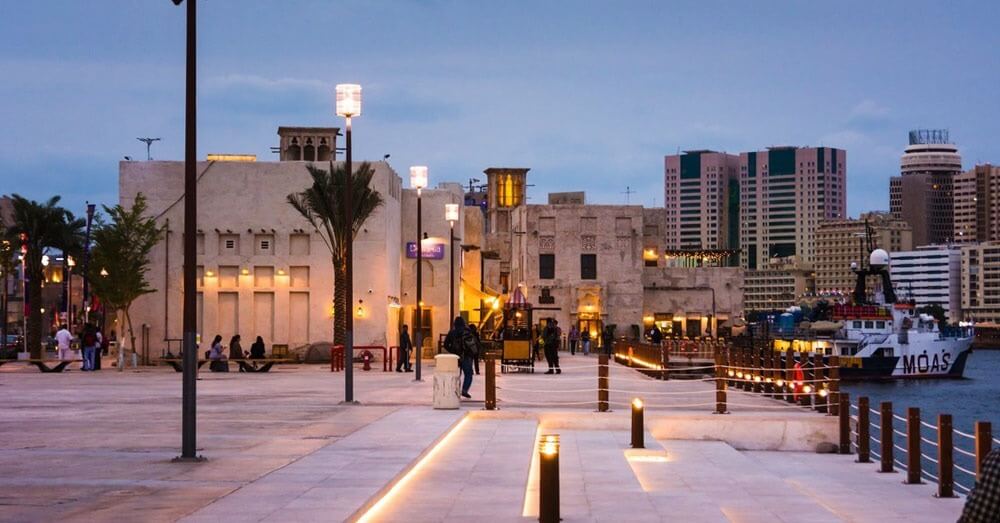
Sheikh Mohammed Centre for Cultural Understanding (SMCCU)
Housed in a beautifully restored wind-tower residence, SMCCU offers immersive cultural tours, traditional Emirati meals, and guided walks. Their “Open Doors. Open Minds.” philosophy promotes cross-cultural dialogue and gives non-locals a chance to connect deeply with local traditions.
Dubai Museum at Al Fahidi Fort
Built in 1787, Al Fahidi Fort is the oldest building in Dubai. Once a defensive fortress, ruler’s residence, and prison, it now houses the Dubai Museum, which presents captivating exhibits on desert life, pearl diving, Bedouin culture, and archaeological finds. Entry is just AED 3 for adults.
Coffee Museum
Located in Villa 44, this eclectic museum blends global coffee history with local customs. Learn about roasting techniques, see ancient brewing tools, and savor authentic Arabic coffee at the in-house café.
Coins Museum
Located near the Ruler’s Divan, this small yet informative museum showcases over 470 coins from different historical eras—ranging from Abbasid Dinars to Indian Rupees and British Empire coinage used in the Gulf.
Chaka Art Community & Café
Launched in 2022 by Ecuadorian abstract artist Ana Liz Cordero, this multidisciplinary space at House 40 merges sustainability, creativity, and coffee under one wind-tower roof.
Activities, Events, and Hidden Corners
- Art galleries and craft workshops celebrate Emirati and regional creativity.
- The Wall of Old Dubai, built in 1800, still stands partially preserved—a silent guardian of the city’s boundary.
- The Municipality House, Symposium House, and Events House host rotating exhibitions, lectures, and cultural demonstrations.
- Hidden cafés with lantern-lit courtyards are ideal for sipping karak or indulging in a mezze platter.
Practical Guide to Visiting Al Fahidi
Location: Al Fahidi Street, Bur Dubai – on the edge of Dubai Creek
Metro Access: Al Fahidi Metro Station (Green Line), just a 5-10 minute walk
Bus Stops Nearby: Fahidi, Bastakiya, and Heritage Village
Taxi/Careem: Easily accessible by rideshare or taxi
Parking: Available in nearby Al Seef and public parking lots (paid)
Entrance Fee: Free for general access. Some attractions (like Dubai Museum) charge minimal fees.
Timings: The district is open 24/7, but museums and galleries have individual operating hours. Fridays often have reduced timings.
Where to Stay Nearby
If you’d like to stay longer than just a stroll, Al Fahidi is flanked by boutique hotels and guesthouses offering heritage-inspired stays. The nearby Al Seef district also features budget-friendly hotels and modern amenities while retaining cultural charm.
FAQs: Al Fahidi Historical Neighbourhood
Is Al Fahidi worth visiting?
Absolutely. It’s one of the few places in Dubai where you can witness the authentic, pre-oil heritage of the city in a well-preserved setting.
Is Al Fahidi free to visit?
Yes. The open-air museum is free to walk through, though individual museums and shops may have their own charges.
How old is Al Fahidi?
The neighborhood dates back to the 1890s, with Al Fahidi Fort itself built in 1787—making it one of the oldest standing districts in the UAE.
What are the best things to do in Al Fahidi?
Explore the Dubai Museum, sip coffee at the Coffee Museum, take a cultural tour with SMCCU, wander the art galleries, and photograph the intricate wind towers and ancient alleys.
Can I take professional photos there?
Yes, casual photography is allowed. For professional or commercial shoots, special permission is required. Always be respectful of others’ privacy.
For more in-depth guides on Dubai’s cultural attractions, local services, and hidden gems, explore TheDubaiWeb.com—your trusted source for everything Dubai.
- Al Nahda 2 Postal Code, UAE – Complete & Accurate Guide (Dubai) - December 29, 2025
- La Mer Beach Dubai Guide – Free Entry, Things to Do & Best Time to Visit - December 28, 2025
- Umm Suqeim Night Swimming Beach Dubai, UAE - December 28, 2025

